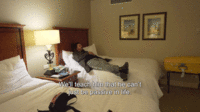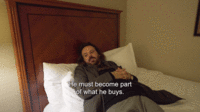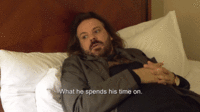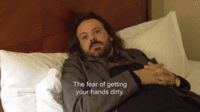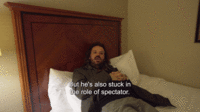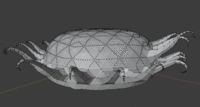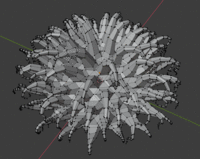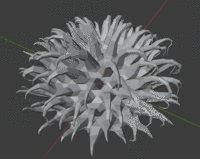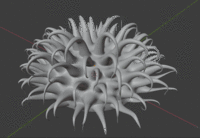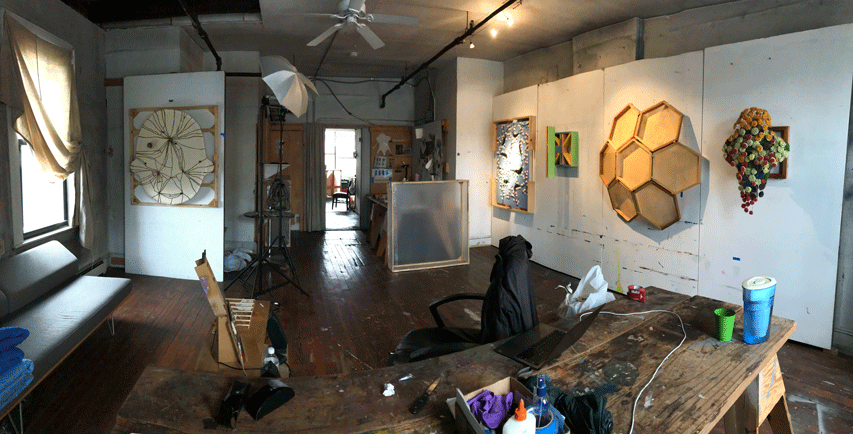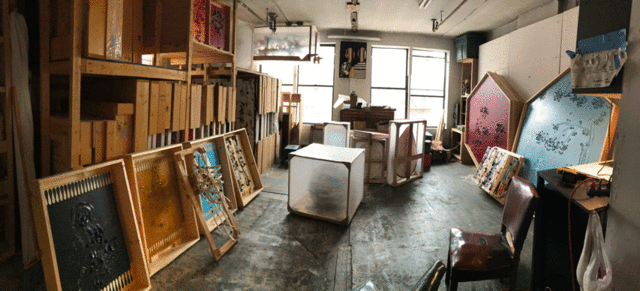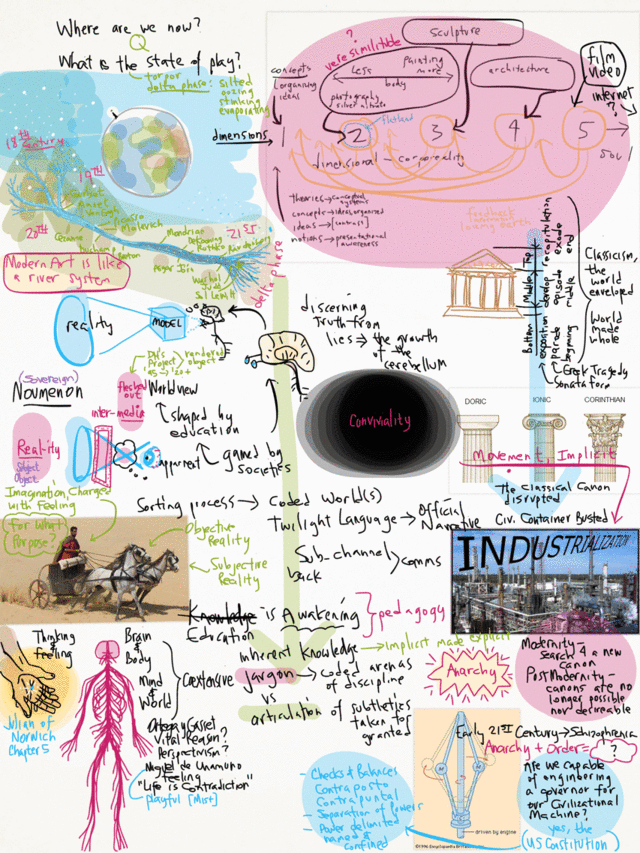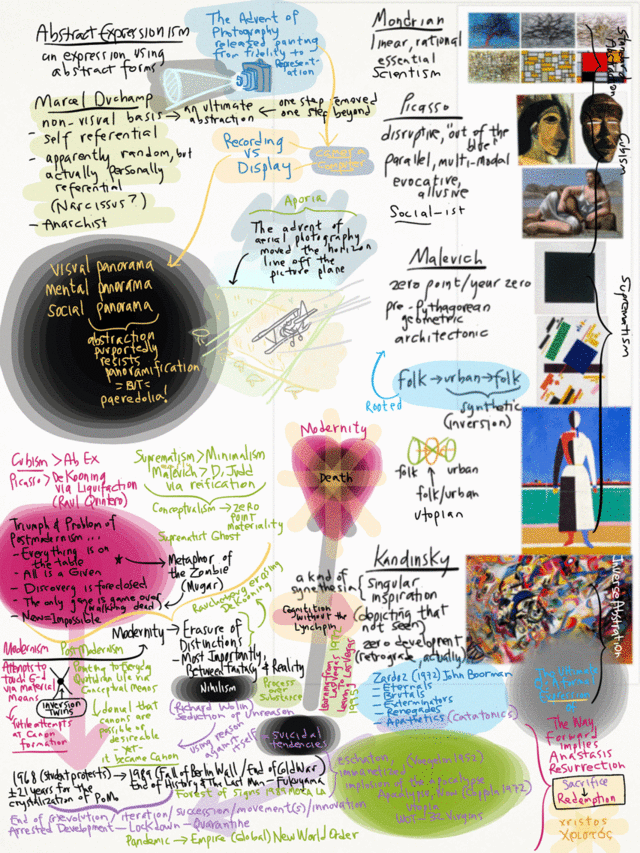November 30, 2020
Nature Boy (KIRAC)
KIRAC has published KIRAC Ep.20 'The Latent Potency of Rob Defares', the most explicit statement about their overall project to date. I think that they want to save the art world from itself, one collector at a time. I think that KIRAC and I share a similar desire, that art collectors are self actualized when they collect art for precisely the same reason and in the same spirit that artists make art. Making things -their collection- with vision, inspiration, imagination, risk, expression, commitment.
Right now, the elite art collector community worldwide is dominated by the idea that art is a fungible form of money. Money is a measurement of power.
Background here.
Nature Boy:
There was a boy
A very strange and enchanted boy
They say he wandered far
Very far
Over Land and Sea......And then one day
The greatest thing
A magic day he passed my way
And while we spoke of many things
Of Fools and Kings
This, he said to me
You'll ever learn
Is just to love
And be loved
In return.
Why the segue to Nat King Cole? Love isn't the antithesis of power but it is its' best motive. Without love, life sours cynically towards suicide. Self destruction makes sense when nothing makes sense. The abandonment of the simple and innocent compass of common sense and tender feeling renders the whole world into cacophony of mere instruments, unto even all living entities, even people. When an art collection is reduced to an instrument designed only to sign power, art's true source of value is betrayed: the logarithmic value of the priceless. When art is mere decor, the immense asset of the artist/author's vision is diminished, disengaged. An art collection is a cache of vision, each element within it akin to colors squeezed onto a palette. A great collection is like a painting hewn from inspired visions. Less than this, the collection just is one of many fungible assets, expendable, neglectful of the true power of the priceless, pathetic before the desolate panorama of a pointless materialistic existence.
***
KIRAC WEBSITE
KIRAC YouTube Channel
As one of the KIRAC Collaborators, artist Tarik Sadouma ponders in Episode 20:
"How will we educate Philip?We'll teach him that he can't be passive in life.
But he's also stuck in the role of the spectator."
He must become part of what he buys.
What he spends his time on.
The fear of getting your hands dirty.
The fear of being seen with all your flaws.
Tarik conjures for me the figure of the great Alfred Jarry. Like the famous pataphysician, Tarik's most powerful expression is himself. With his family roots in the MidEast fused with that particular Dutch characteristic of unvarnished honesty, Tarik appears to me, like a strange compound bow fused out of an oriental fractal filagree and brutal bluntness. He's fascinating, really.
It's interesting, also, to consider KIRAC's calculation that portraiture is the avenue out of the morass that was the 20th Century. I find the economy of this assessment to be quite impressive. Yes, look into the eyes. Take the risk that looms when you gaze into the soul, both of the subject and of the beholder. All portraits are self portraits, after all.
However, as portraits are being rendered, there has to be a formal answer to this grand puzzle as well. This goes to drawing, an unavoidable predicate to painting, as well as portraiture. As I watch the KIRAC catalog, I search out the painted portraits, looking for any sign that they have wrestled with this aspect.
Postscript: Of course, you could say that the grand project of an art world reformation could simply be a MacGuffin, a plot device employed to deploy the actors of KIRAC in an adventure involving colorfully rendered charming characters...
Pieta
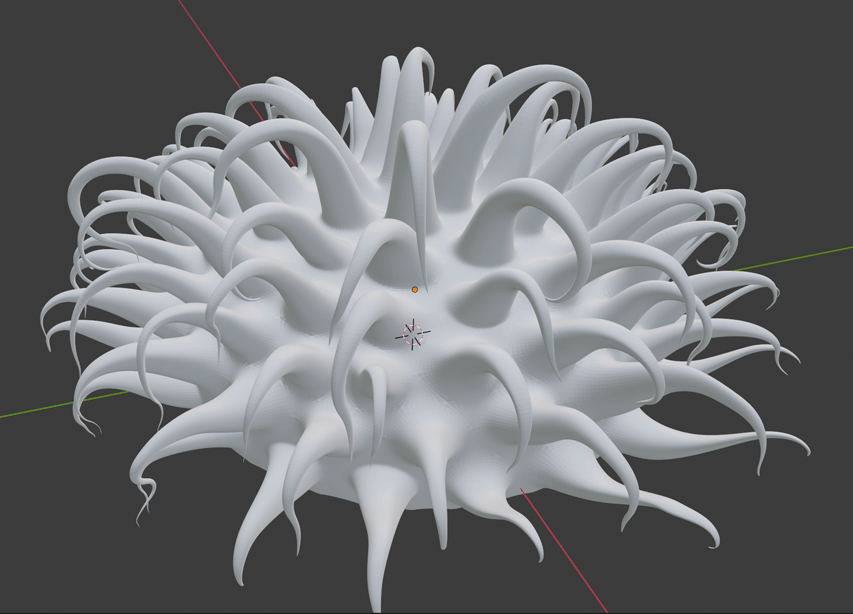
(Buonarroti would be pissed if I left this at 200x144 pixels.)
Blender Report


As for software, I've focused on working with a program called Houdini for the last 12 years. I used to use Maya, but at some point I hit the ceiling of its capabilities and Houdini was on the rise at the time. You can download a free copy of it to play around with! The learning curve is insane, I'm literally learning something new every day 12 years in, but it's extremely powerful software that can handle pretty much anything you can think of. Blender is awesome, though! I have a lot of friends who started out in Blender and some still work in it -- I still find the interface EXTREMELY confusing but I'm so impressed what the Open Source Software community has built. I'm glad you're checking it out -- it's hard at first but once you get into it, all of these pieces of software have a lot of overlap in the ideas they use and it can be pretty straightforward to bounce from one to another.
Emphasis, Mine: "...in the ideas they use..."
In the recent Crazy Wall blogpost, close observers will notice an emphasis about how technological innovation induces societal change (upheaval, revolution...), the shock wave that propulsed Modernity in all of its forms. The invention of the camera released painting from its reportage function. The ubiquity of print material and the violence of WWI trench warfare spurred collage and DADA. The invention of airplanes carried cameras aloft where the horizon line disappeared from the picture plane, a key insight that fueled the Suprematists and Constructivists. Pop Art fed on advertising, print, movies and TV. Op Art and Photorealism had a brief pulse from photographic optics. It's an open question as to whether the Minimalists and Conceptualists fed on the ideas issuing from the huge mainframe computers of their era, but after Steve Jobs got busy in Silicon Valley, "art as a set of instructions" *cough* Sol LeWitt *cough* sure looks clairvoyant from the vantage point of 2020. As the aughts ramped up to the teens of our 21st century, curators here and there attempted to mount shows based on how artists were influenced by the internet and Photoshop. Results on that front were mixed and un-conclusive.
Now, we have the phenomena of Blender. We live in a sea of imagery that is cooked via software species like this.
Remember when people were building their own computers, when software was open, when batteries weren't sealed, when the Information Age was a promise of a transparent future? Well, the creator and owner Ton Roosendaal is one of the few yet faithful to those principals. Watch the link and think about how nearly all of the major social media platforms are greedily monetizing the free labor of the multitudes and increasingly acting the part of the tyrant along the way. "You work, I eat."
Well, while I'm feeling good now that I have overcome the initial speed bumps of the Blender learning curve (CAUTION! CAUTION! DUNNING-KRUGER EFFECT!), it is way too early for me to sum up the kaleidoscope of capabilities that is Blender (the slimmest tip of the iceberg) and the way it splays out form and vision (I sense the echo of Rudolph Arnheim, by the way)... but I can share some of the imagery that I am attempting with this software.
Blender calls them meshes. Vertices, edges and planes. Dots, lines and surfaces. We start with a small group of geometric primitives (planes, cubes, spheres, cylinders...) and all virtual objects are topologically manipulated into the desired final form.
The big trick is to navigate the multitude of control windows that alter form while deftly riding the interface that gives us a bristling window on what we are doing. Blender is like a Swiss Army Knife of software. It's like riding a bike that can become a car, or a truck, or plane or a train or a helicopter.
A press of a button will make the meshes disappear and what I suppose to be the interpolating mathematics of the software can deliver a first iteration. A formal expression of a blunt assemblage of planes.
A press of another button directs the software to further smooth out the geometry. Frankly, the first time I did this was quite a rush.
A few more button s later takes us to "subdivision surface modifier", an algorithm that adds geometry via interpolation. I beg your pardon, please, as I conjure Michelangelo's Carrera marble right about now.
***
Postscript
Some links for background info:
In the world of YouTube Blender instructables, IanHubert is clever, funny and concise.
Ducks
Blender website here.
November 9, 2020
Crazy Wall
Crazy Wall is the term most often used in film-nerd discussions of these telegenic collages of clues and cuttings, but tvtropes.org, the website that identifies frequently-used plot devices, points out several variants. First there is the "Room Full of Crazy" ie, an entire room papered and pinned by a criminal conspirer or conspiracy victim (the first series of ITV's Whitechapel went even further and gave its ripper-obsessive serial killer a whole flat, including a fridge with human body parts)...
...In other words, the Crazy Wall is TV's way of marking the era in which we all became armchair conspiracy theorists.
Collage, people.
Collage.
And what, in this case, is the corollary of the conspiracy in the context of this artists' drawing? The case of an emergent 21st century agenda. The 20th has passed away, and zombies* roam the land.
(*Wink: Martin Mugar, who first coined the term.)
Cirrus > Printed Editions
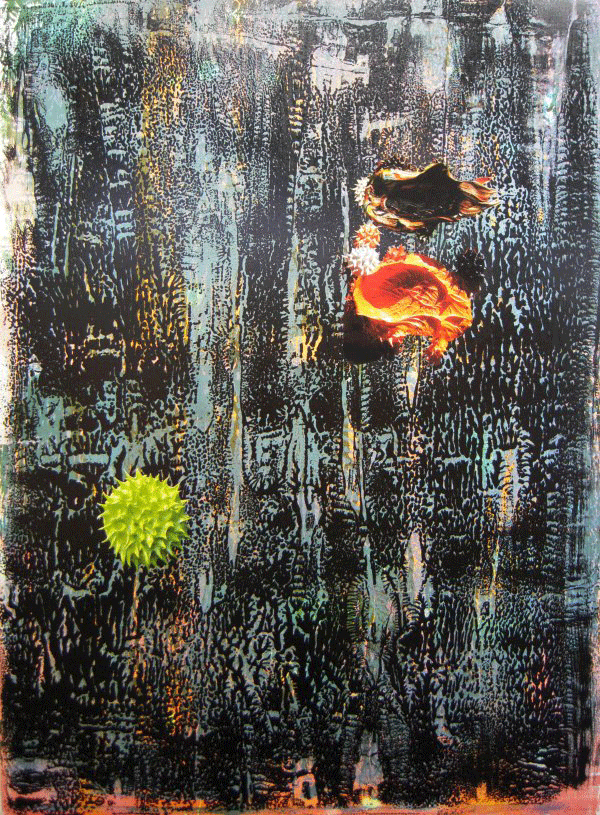
Cirrus Gallery / Cirrus Editions is working with the Fine Print Platform Printed Editions to host a selection of monotypes from 2012. Here's the blogpost that memorialized the publication of that edition.
"The Dog"
Yes, Goya.
Yes, forlorn feelings.
Eight years before its' time.
Detour Invitation
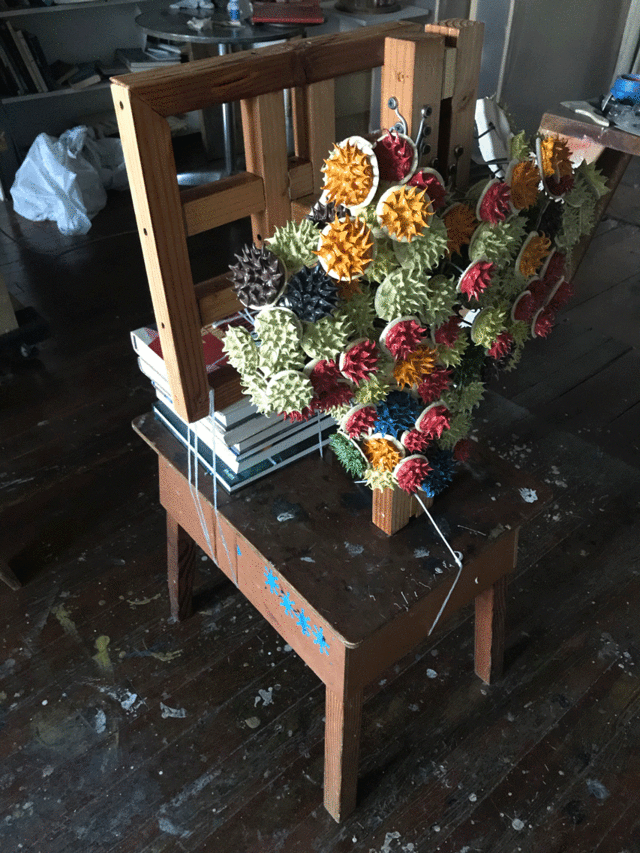
Sometimes you're cruising towards a destination, and you come across an interesting side road.
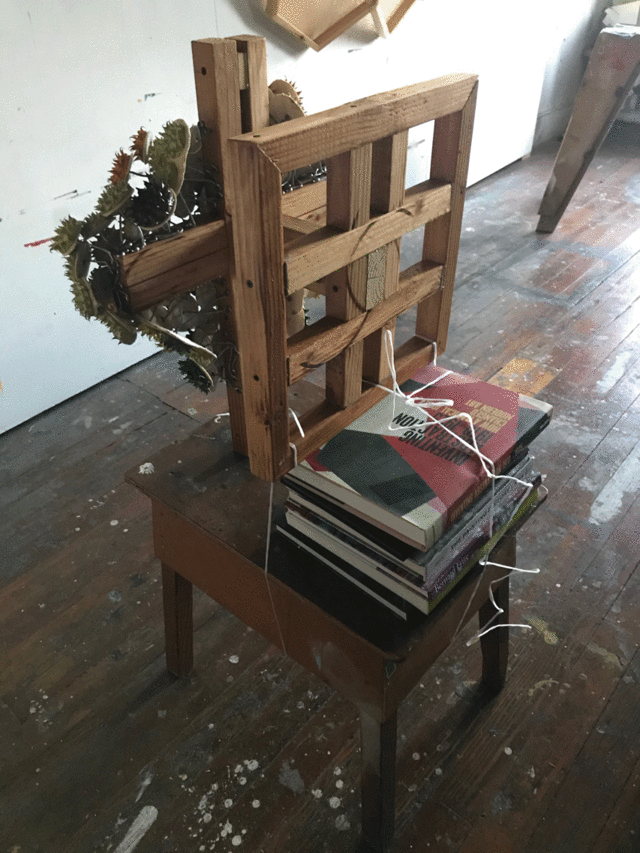
Titles
I like ideas best when they surface, seemingly out of nowhere.

